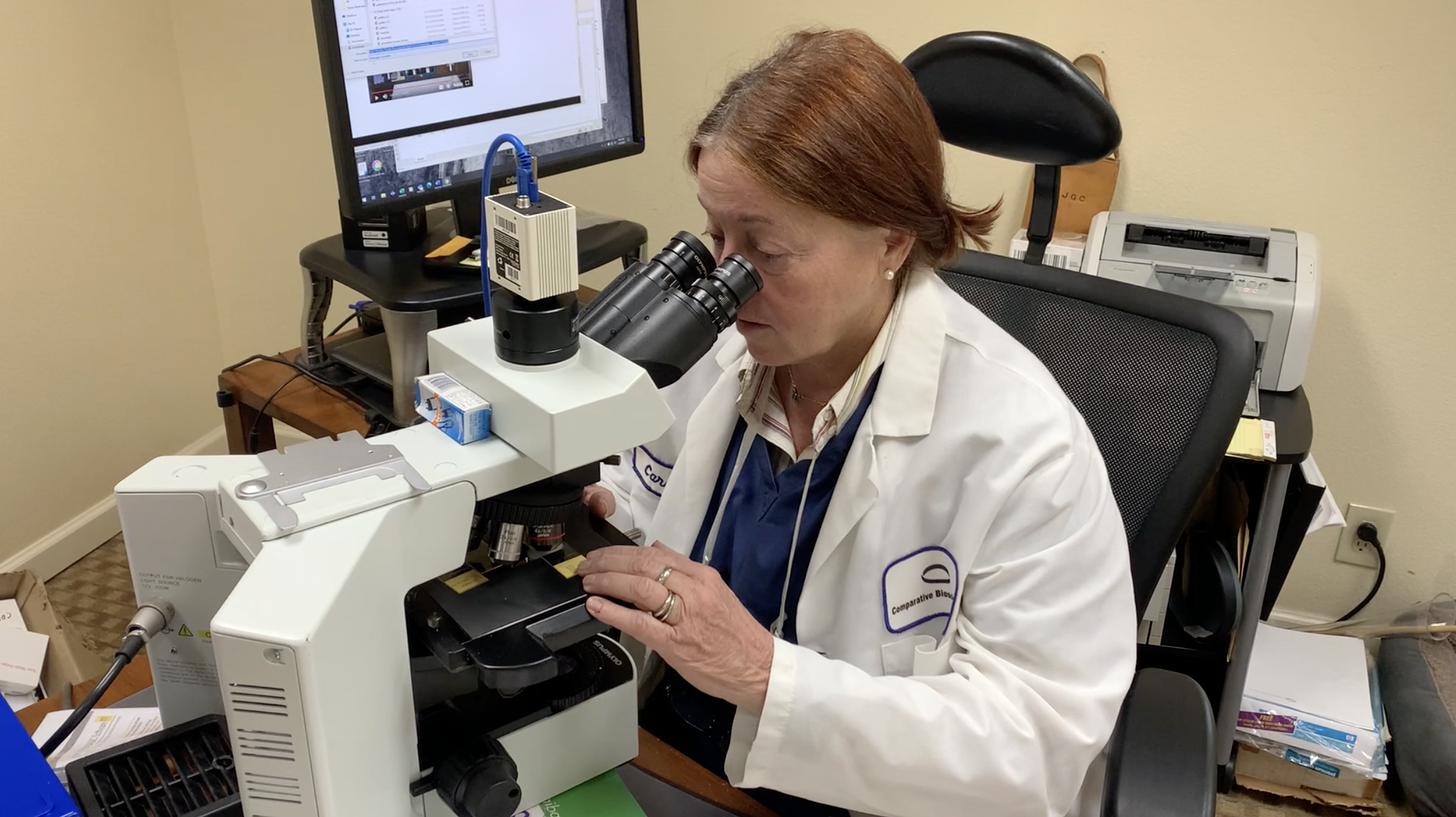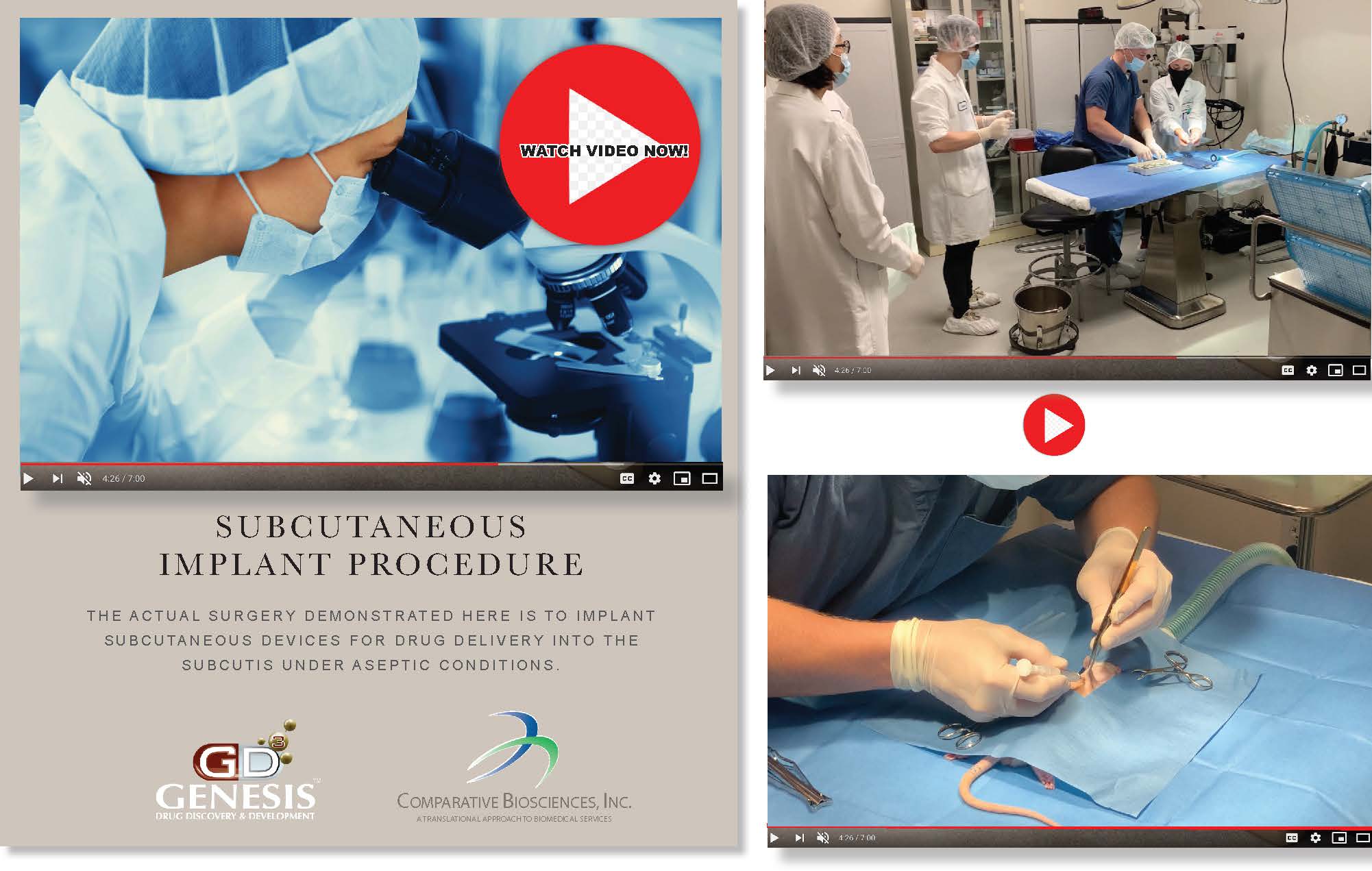Subcutaneous Implants
In medicine, a subcutaneous implant, or subcutaneous pellet, is an implant that is delivered under the skin into the subcutaneous tissue by surgery or injection and is used to deliver a drug for a long period of time. Examples of drugs that can be administered in this way include leuprorelin and the sex steroids estradiol and testosterone. Such implants fall under the broad category of body modification. Many subdermal implants are made out of silicone, either carved or mold injected. Many people who have subdermal implants use them in conjunction with other types of body modification to create a desired, dramatic effect. This process is also known as a 3-D implant, or pocketing.
There are three main areas of activity in a surgical procedure: Preparation, Surgery and Recovery. Prior to the surgical event, the medical staff are briefed, prepared, and work together seamlessly as a team for a successful operation. There is generally written SOPs or methods and for complex procedures, the veterinarian is consulted.
Prep Area: The prep area ideally is separated from the surgical area. The equipment is assembled there, for examples, clippers, eye lubricant, scrub solution, anesthesia induction.
Surgical Zone: The surgical area is a clean area, with a table, heating pads, lights, anesthesia machine, surgical packs and other supplies.
Recovery Zone: This area is generally located somewhat apart from the prep and surgical area. There are cages, heating pads, oxygen, and any resuscitation supplies. Generally the animals wake up quickly and smoothly and can later be returned to their home cages.
The Implant Surgery
The chip or test implant is inserted in a pocket of the skin made by the surgeon. Once this medical devise is placed, the wound is then closed with wound clips, surgical glue or interupted sutures. In preclinical research, a subcutaneous implant, or subcutaneous pellet, is an implant that is delivered under the skin into the subcutaneous tissue by surgery or injection and is used to deliver a drug for a long period of time. Examples of drugs that can be administered in this way include proprietary test articles, insulin, hormones, leuprorelin and other long acting drugs. Various species such as mice, rats, rabbits, and larger animals maybe easily implanted.
Surgery is succesful.
Surgery is complete.
Excellent recovery,
No impariments.
The animal regains mobility and generally make a complete recovery with little mortality or post surgical complications.

In many studies, following the duration of the implant, there are frequent blood collections to assess blood levels of the test material, followed by collection of the device and is histopathologic evaluation of the implant site and target organs; a full report may be prepared.
CHECK OUT OUR SUBCUTANEOUS IMPLANT PROCEDURE – VIDEO: https://www.youtube.com/watch?v=l4pamRdMw2w



